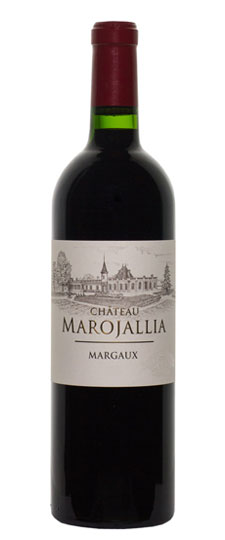Wine Score
Robert Parker’s Wine Advocate
The 2013 Janzen Cabernet Sauvignon Beckstoffer To Kalon easily lives up to the first-growth reputation of this great terroir in Oakville. Produced from clone 337, this is truly profound stuff. It has an inky purple color with notes of charcoal embers interwoven with blueberry and blackberry liqueur, forest floor and white flowers. This wine was aged 27 months in 100% new Taransaud cooperage and has fabulous texture, richness and well-integrated oak tannin, alcohol and acidity. Drink it now as well as over the next 30+ years.
Wine Enthusiast
This is a big wine from a stellar vineyard in the heart of Oakville, sizable on the palate in billowy tannin, tobacco, black plum and milk chocolate. Full bodied in every way, it has a smooth, velvety nature that should soften further in time, allowing for a finish of compost and tea. Drink now through 2023. Cellar Selection
Grape Variety
Cabernet Sauvignon Wine
Cabernet Sauvignon is probably the most famous red wine grape variety on Earth. It is rivaled in this regard only by its Bordeaux stablemate Merlot, and its opposite number in Burgundy, Pinot Noir. From its origins in Bordeaux, Cabernet has successfully spread to almost every winegrowing country in the world. It is now the key grape variety in many first-rate New World wine regions, most notably Napa Valley, Coonawarra and Maipo Valley. Wherever they come from, Cabernet Sauvignon wines always seem to demonstrate a handful of common character traits: deep color, good tannin structure, moderate acidity and aromas of blackcurrant, tomato leaf, dark spices and cedarwood.
Used as frequently in blends as in varietal wines, Cabernet Sauvignon has a large number of common blending partners. Apart from the obvious Merlot and Cabernet Franc, the most prevalent of these are Malbec, Petit Verdot and Carmenere (the ingredients of a classic Bordeaux Blend), Shiraz (in Australia’s favorite blend) and in Spain and South America, a Cabernet – Tempranillo blend is now commonplace. Even the bold Tannat-based wines of Madiran are now generally softened with Cabernet Sauvignon.
DNA profiling carried out in California in 1997 confirmed that Cabernet Sauvignon is the product of a natural genetic crossing between key Bordeaux grape varieties Cabernet Franc and Sauvignon Blanc. Most wine authorities agree that this crossing happened only within the past few centuries, making the variety’s global fame and dominance all the more impressive.
There are two key reasons for Cabernet Sauvignon’s rise to dominance. The most simple and primordial of these is that its vines are highly adaptable to different soil types and climates; it is grown at latitudes as disparate as 50°N (Okanagan in Canada) and 20°S (northern Argentina), and in soils as different as the Pessac-Leognan gravels and the iron-rich terra rossa of Coonawarra. Secondary to this, but just as important, is that despite the diversity of terroirs in which the vine is grown, Cabernet Sauvignon wines retain an inimitable “Cab” character, nuanced with hints of provenance in the best-made examples. There is just a single reason, however, for the durability of the variety’s fame and that is simple economics; the familiarity and marketability of the Cabernet Sauvignon name has an irresistible lure to wine companies looking for a reliable return on their investment.
A vigorous variety (another characteristic in its favor), Cabernet Sauvignon produces a dense leaf canopy and relatively high grape yields, giving wine producers a fairly open choice between quantity and quality. Careful vineyard management is essential, however, to coax the best out of the fruit.
As a late-flowering and late-ripening variety, Cabernet Sauvignon grapes mature slowly. This can also work for or against wine quality; in a cold season or climate there is a risk of the grapes failing to ripen fully, while in most other conditions the steady rate of progress offers producers a wider choice of harvest dates.
Few would argue that the finest examples of Cabernet Sauvignon wine are found in Bordeaux and California, a standpoint supported by the 1976 Judgment of Paris. The past two decades have seen a raft of quality Cabernets emerging from New World regions such as Maipo in Chile and Coonawarra in Australia. These are gaining popularity with an increasingly broad consumer base as the world’s most prestigious Cabernet Sauvignon wines become prohibitively expensive. The variety has now made its way even into such established and traditional Italian names as Chianti and Carmignano (albeit restricted to 15 percent of the permitted blend), evidence that even the oldest and most traditional wine institutions now recognize the value of this most famous of grapes.
Synonyms include: Bidure, Bouche, Bordo, Bouchet, Burdeos Tinto, Lafite, Vidure.
Food matches for Cabernet Sauvignon include:
- Fillet steak with foie gras and truffles
- Beef wellington with honey roasted carrots
- Korean-style beef stir fried in garlic, soy and sesame
Region
Oakville Wine
Oakville is one of California’s most renowned wine regions, sandwiched between Rutherford and Yountville in the very heart of the Napa Valley. Since Napa began its meteoric rise to international wine fame in the 1960s, Oakville has remained at the core of the valley’s success, gaining worldwide recognition for its opulent Cabernet Sauvignon and voluptuous Merlot wines.
The origins of Oakville’s viniculture date back to 1868, when Henry Walker Crabb set up his first vineyard there. Fittingly, given the local surroundings, Crabb named the vineyard To Kalon (kalon means “highest beauty” in Greek) – a name retained by Robert Mondavi when he purchased the site almost a century later. Immediately south of To Kalon is Heitz Cellar’s famous Martha’s Vineyard. Together, these two vineyards make some of America’s very finest Cabernet Sauvignon wines.
Along with Mondavi and Heitz, some of Napa’s most prestigious and well-known wine names are found within the AVA’s bounds. Harlan Estate and Far Niente can be found in the lower reaches of the Mayacama mountains on the western side of the valley, while Screaming Eagle and PlumpJack can be found closer to the Vaca mountains on the other side. Many other producers from around Napa and Sonoma source grapes from the To Kalon vineyard to make prestigious, ageworthy wines.
Abundant sunshine and warm temperatures allow Oakville’s vines to reach optimal maturity over the course of the growing season, producing deep, richly flavored wines. The AVA is just far enough south to benefit from the cooling, moisture-laden fog that drifts up the Napa Valley from the San Francisco and San Pablo bays – a quintessential element of the Napa terroir. This cooler mesoclimate prevents the grapes from baking quickly in the sun, instead providing a slow, controlled ripening period that makes for grapes with a much-respected balance of sugars and acidity. This influence is particularly noticeable in Oakville Cabernet Sauvignon, known for its varietal hints of eucalyptus and mint.
The topography in Oakville varies, rising from the valley floor up into the Vaca mountain range. Some of the most famous red-wine producers grow vines on the free-draining, gravelly soils of the geological formation known as the Western Bench. The valley floor has more clay and sandy loams, as might be expected given its proximity to the Napa river and Conn Creek.
Cabernet Sauvignon is the undisputed king of Oakville, and represents more than 75 percent of the wines made there. Merlot steps in at a distant second place, used far more often to complement Cabernet in Bordeaux-blend and Meritage wines than as a varietal wine in its own right. Tiny quantities of white Chardonnay and Sauvignon Blanc wines are made from Oakville vineyards, but few command the price and prestige of their Cabernet cousins.
Producer Notes
Bacio Divino Winery
For 25 years and longer, I’ve had a wine glass molded to my right hand. Today, my head has a permanent tilt from holding my very prominent nose over the alluring aromas and beckoning colors of many of the world’s great wines. If I haven’t tried every one, I’ve certainly made it a passion to attempt to taste of them all. Over this third of a lifetime, I’ve come to know and respect many great wine makers around our little world, and now clearly understand the relationship between an individual’s character and his wine. You’ve read or heard about many of these people – men and women who are born to search for perfection, who scowl at the notion of compromise. These same people channel their character into their wine – their individuality, their uniqueness, their propensity to create rather than to plagiarize. Eminent character seems kindred to noteworthy wines…
Being so motivated, I longed to create a distinctive, noble wine. In the California tradition of working with the new to improve the traditional, I looked to achieve a way of broadening the distinctly majestic flavors and aromas of the king of Napa Valley’s varietals, Cabernet Sauvignon. Over the years I’ve had the opportunity to experiment with various lots of Cabernet, and I eventually settled on the hillside fruit from Ahollinger vineyards in the Mount Veeder area. This vineyard produces a bold and expressive, yet elegant wine. In 1992, we discovered the Sangiovese fruit of Cal Showket in the Oakville appellation, and were literally overwhelmed by the intensity of what resulted in our first crush in 1993. To embellish the color and acid levels of the Sangiovese, we crushed and macerated this fruit with one and a half tons of the best Petite Syrah fruit I had ever sampled.
As time aged each of these wines, and molded their individual character, I was able to determine a blend that married the elegant, yet rich and softly oaked Cabernet with the Sangiovese’s long and linear tannins, at the same time elevating the cherry, berry Sangiovese fruit to a pronounced level. The resulting wine showed that a whole could be greater than it’s individual parts. And so…’Bacio Divino’, a divine kiss, was born.
VINEYARDS
Our Estate vineyards are set amongst the remarkable natural beauty of Dutch Henry Canyon, couched along the Eastern side of the Napa Valley.
Sherry’s Acre
Our smallest vineyard is a humble 1.2 acres with sweeping mountain views surrounded by an enchanting creek. Each fall, our harshest critics lumber by to sample the irresistible fruit of this remote, bear-friendly site.
Meadows Vineyard
Bordered on all sides by old growth forest, this vineyard’s cool and unusual microclimate makes for an extended ripening season. Picking often coincides with trick-or-treating, and fruit flavors tend to be intense and concentrated.
Cloudy’s Vineyard
High above the Valley floor, these two acres of vines are at the highest elevation and steepest location on our estate. The extra struggle the vines endure here imbues the fruit with ‘mountain essence’; blackberry intensity, nuances of cassis, and abundant tannins.

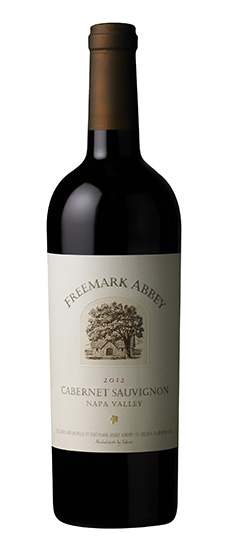
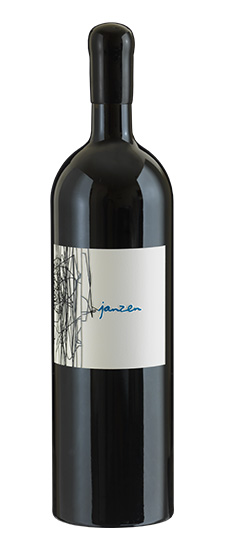
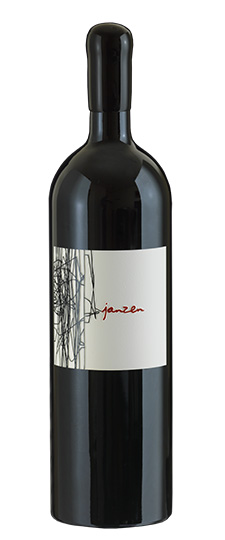
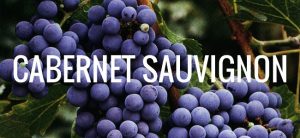
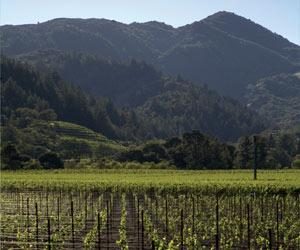
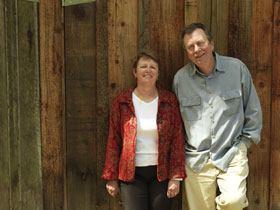
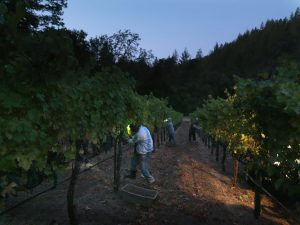
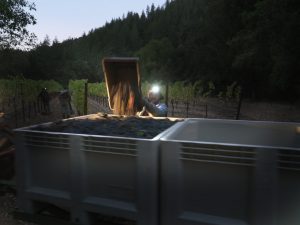
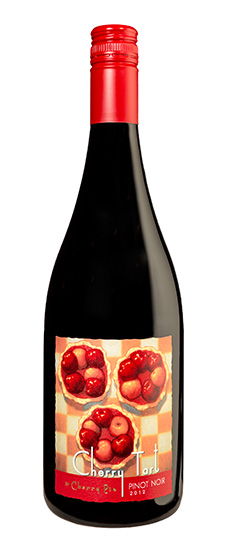
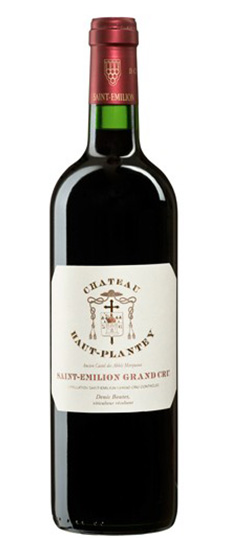
![Amuse Bouche, Napa Valley [Merlot/Cabernet Franc] 2012](https://www.wineyou.com/wp-content/uploads/2017/06/Amuse-Bouche-Napa-Valley-MerlotCabernet-Franc-2012.jpg)
